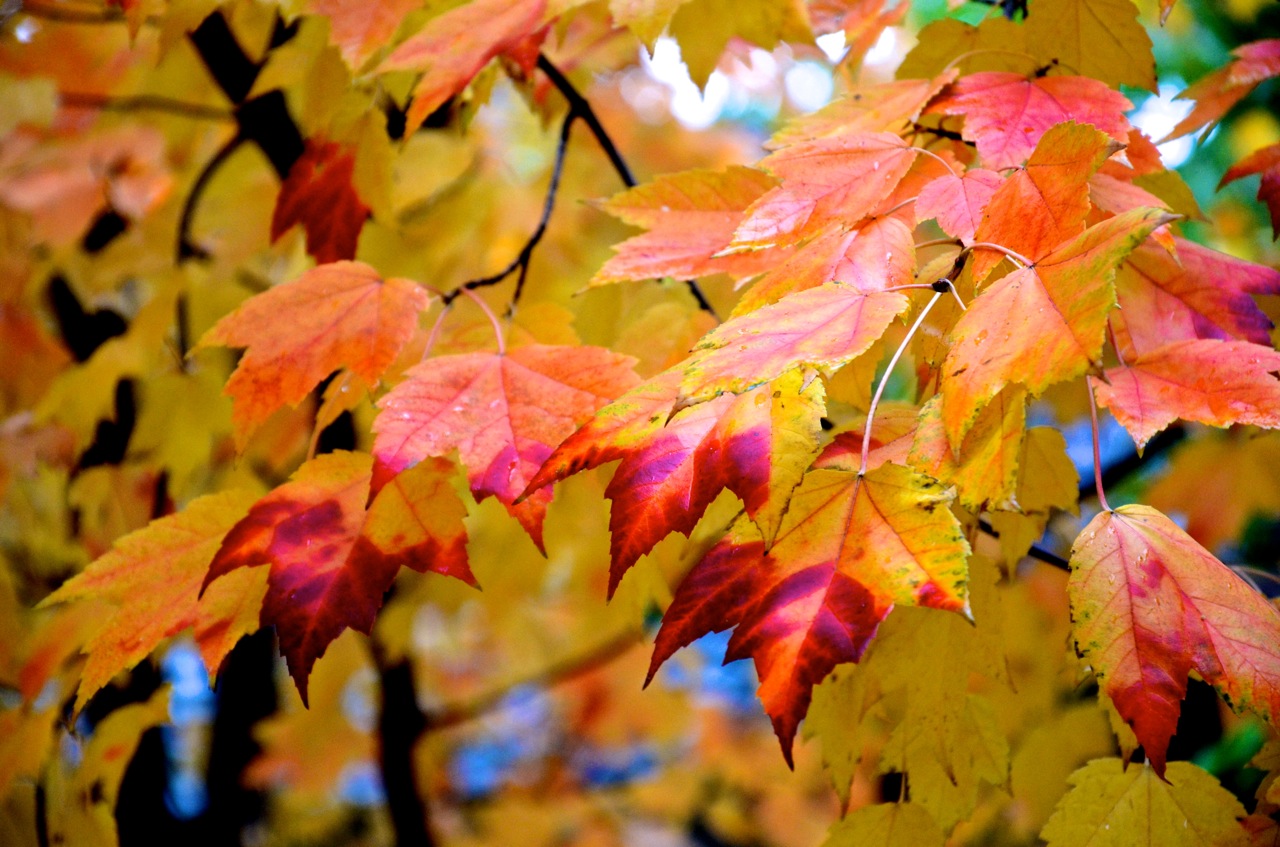While Meteorological fall begins Thursday with warm, even summer-like temperatures and mostly clear blue skies through Labor Day weekend, the Chicago area isn't quite predicted to stay that way as the days continue to get shorter, according to a new national forecast.
The Old Farmer’s Almanac on Tuesday released its extended forecast for the upcoming winter season, calling it a "tale of two winters" that will divide the country in two.
And it's safe to say that the Chicago area falls to the much chillier side of that story.
“Depending on where you live, this will be the best of winters or memorable for all the wrong reasons,” Janice Stillman, editor of The Old Farmer’s Almanac, wrote. “One half of the country will deal with bone-chilling cold and loads of snow, while the other half may feel like winter never really arrives.”
Feeling out of the loop? We'll catch you up on the Chicago news you need to know. Sign up for the weekly Chicago Catch-Up newsletter here.
According to this year’s forecast, the Chicago area falls under the "bone-chilling cold and loads of snow" category.
Parts of the upper Midwest, including the Chicago area and northwest Indiana, will potentially see “unreasonably cold and snowy” conditions this winter, the almanac predicts.
"Winter for much of the Midwest and along the East Coast is best described as 'Shivery & Snowy,' the prediction states. "The eastern half of the U.S. should brace for potentially record-breaking cold to define the season."
For the Chicago area, also known as the "lower lakes" region in the almanac - which encompasses parts of Illinois, Wisconsin, Michigan, Indiana, Ohio and even up toward the East Coast - the coldest temperatures are expected between early December and late-January to mid-February, with the snowiest periods between late-November and early December and early to mid-January.
The Old Farmer’s Almanac says that it uses long-term temperature patterns to predict the severity of the upcoming season, as well as the track record of precipitation and snowfall in the impacted areas over the course of the last 30 years.
Many meteorologists dispute the accuracy and the methodology employed by the publication. The publication claims that it is “about 80% correct,” but many media studies have contested that figure. One such study, conducted by the University of Illinois and cited by Popular Mechanics, holds that the Old Farmer’s Almanac is only correct 52% of the time, which essentially represents the odds of a coin flip landing on either heads or tails.
Earlier this month, the National Weather Service’s Climate Prediction Center issued its newest long-lead forecasts for the coming months, examining probabilities of seeing different temperature and precipitation patterns in increments of three months.
In weather circles, “meteorological winter” is defined as the three month stretch between Dec. 1 and March 1, and according to the projections provided by NWS, that period of time could produce some interesting weather in the Chicago area and in northwest Indiana.
According to projections, the winter months could see above-average precipitation through most of Illinois and Indiana, with that pattern repeating itself through most of the Great Lakes.
NWS data shows the Chicago area experienced a mostly normal winter in 2021-22, at least in terms of temperature. According to a climate report released by the NWS’s Romeoville office, temperatures were around normal for the three months of winter, with a mild December getting balanced out by below-average temperatures in January and February.
In Chicago, the average temperature during winter was 28.7 degrees, just a half-degree warmer than normal, according to NWS records.
Where there was significant disparity was in snowfall totals, with parts of northern Illinois, including Rockford, receiving far less snow than normal. In fact, Rockford received a total of 15.7 inches of snow for the season, more than 13 inches below its normal average.
In Chicago, 28.6 inches of snow fell during the winter, right around the city’s traditional average. A handful of large snow events, including one that dumped a foot or more of snow in some southern suburbs during the month of February, helped to keep things around average in other parts of the region as well.



